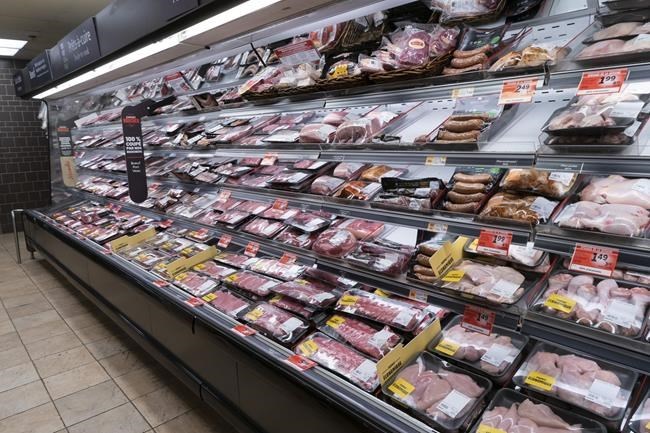Grocery for food is whittling down the wallets of Canadians, with new examination recommending inventory network issues and unfavorable climate conditions are driving up food costs and changing how Canadians search for food.
A review delivered Wednesday by Dalhousie University’s Agri-Food Analytics Lab in association with Caddle said food costs are on target to rise almost five percent this year.
“Each segment of the supermarket is affected by expansion — there’s not one single segment that has not been affected,” said Sylvain Charlebois, head of the lab and a teacher at the Halifax college. “Regularly you would discuss cauliflower or hamburger or tomatoes. This year it’s various items in all cases.”
The increasing expense of staple goods is moving buyer conduct, with more Canadians really taking a look at week after week flyers, utilizing coupons, purchasing supermarket brands and searching out food that has been scaled down in cost since it’s near the expiry date, the survey found.
“The enormous one that I was astonished about is that 40% of Canadians are really searching for limited food items,” he said. “An ever increasing number of Canadians are searching for these ‘Appreciate Tonight’ limits.”
In the interim, Statistics Canada figures show meat costs are up as much as 10% over the most recent half year, a circumstance the overview said has incited almost 50% of Canadians to report diminishing the measure of meat they purchase.
“Individuals are in sticker shock at the supermarket,” Charlebois said. “A few cuts have really gone up by as much as 30% since January.”
Likewise, the survey said around 3/4 of Canadians have seen purported shrinkflation, the decrease in the measure of food in a bundle to adapt to swelling without raising costs.
The contracting bundle methodology leaves shoppers with less for their cash for everything from treats and chips to cheddar and squeezed orange.
The review additionally found that while 86% of all Canadians accept food costs are higher than a half year prior, that perception was most noteworthy among the time of increased birth rates age with 93% seeing higher food costs.
One potential silver lining is that the cost among natural and customary things is contracting now and again, Charlebois said.
Looking forward, he said food costs are relied upon to stay raised as transportation, work, and other information costs are projected to stay high.


